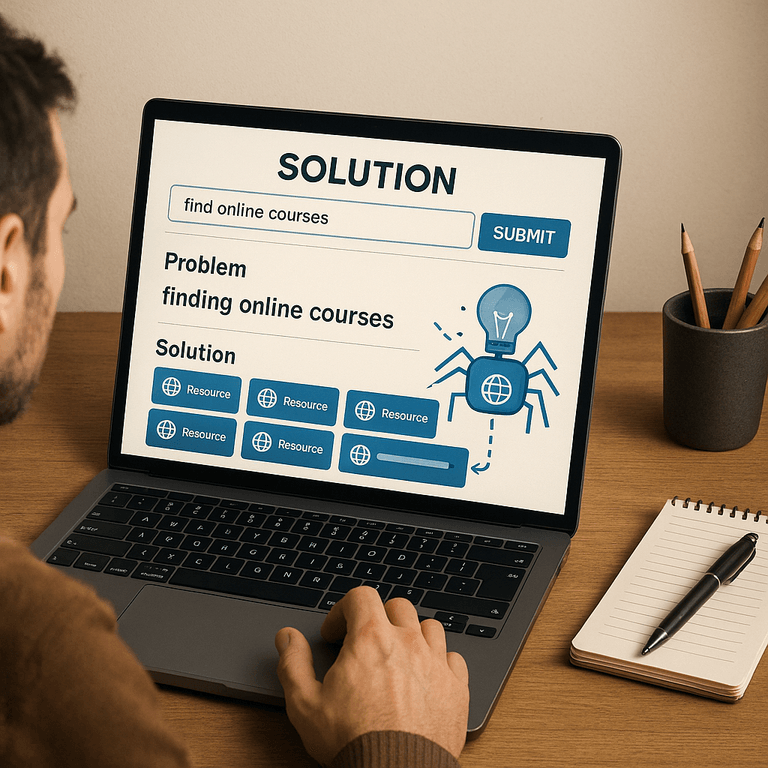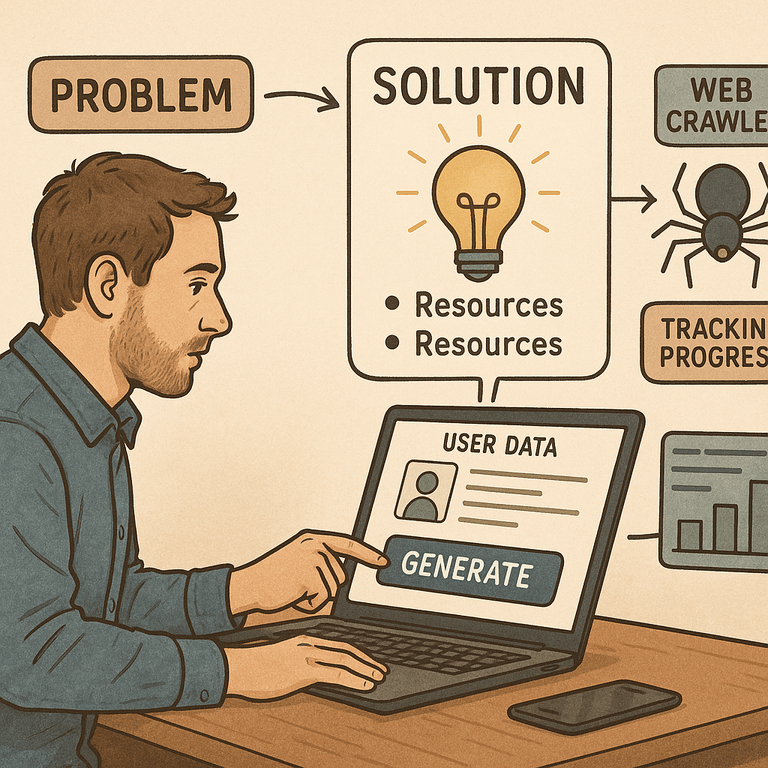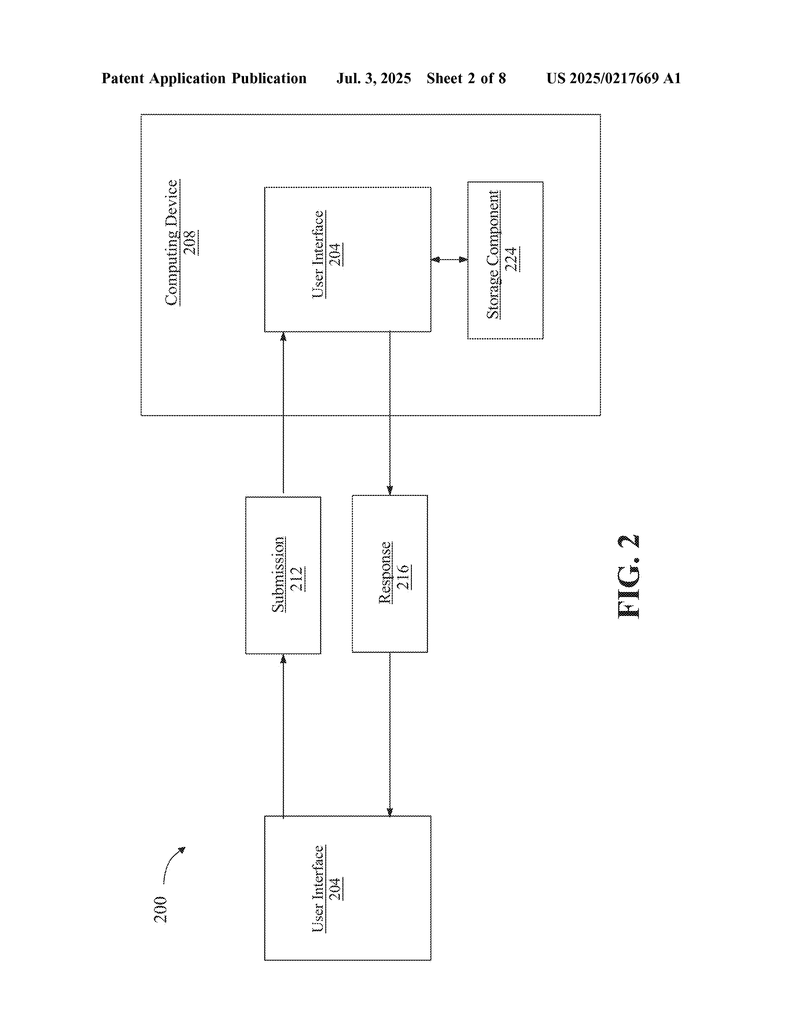Invented by Smith; Barbara Sue, Sullivan; Daniel J., The Strategic Coach Inc.
Let’s take a close look at a new invention that helps people find solutions to problems—especially financial ones—by using smart computers. This technology uses things like chatbots, video calls, and machine learning to figure out what troubles a person might be facing and then gives them answers. The patent application is full of ideas that could change how we get help with money problems and maybe even personal concerns. In this article, we’ll break down the background, look at the science and older inventions, and then explain what makes this invention new and special.
Background and Market Context
Many people today face problems with money. Sometimes, it’s hard to know what’s wrong, and even harder to know how to fix it. In the past, if you had a financial problem, you might talk to a friend, call a counselor, or read articles online. Some people use budgeting apps or join online forums to ask questions. But these ways can be slow, confusing, or not very personal.
The world is moving online faster than ever. People are used to getting answers right away, whether it’s through their phones, computers, or even smart speakers. At the same time, computers are getting smarter. They can now talk to us, watch our faces on video, and even spot when we’re sad or worried based on how we look or speak.
The financial advice industry is big. There are apps for budgeting, debt management, and even investing. But most of these tools are “one-size-fits-all.” They give you the same advice no matter who you are. If you want something more personal, you’d have to pay for a financial planner or coach. This leaves a gap for people who need quick, personalized help but can’t afford or don’t want to talk to a real person.
The invention in this patent aims to fill this gap. It uses computers and artificial intelligence (AI) to listen, watch, and talk to users, figuring out what’s going wrong and then finding the best way to help. It can work through a chatbot, a video call, or even by searching the web for clues about a person’s situation. The goal is to make getting help with money problems as easy as chatting with a friend—but with the smarts of a whole team of experts.
This approach is timely. Many people now expect digital services to be smart and personal. As more people get comfortable with video calls and online chats, and as privacy and security become more important, there is a big need for safe, effective, and friendly digital helpers. Companies in banking, insurance, and mental health are all looking for better ways to connect with customers online. This invention fits right into these trends.
Scientific Rationale and Prior Art
To understand why this invention matters, let’s look at the science behind it and what other inventions came before.
Computers have gotten good at understanding human behavior. There are several building blocks:
1. Language Processing: Computers can now read and understand words, whether they are typed or spoken. This is done using language models, which have been trained on lots of text. They can spot important words—like “stressed” or “broke”—that hint at a problem.
2. Speech Recognition: Computers can turn spoken words into text. They can also listen for changes in tone, speed, or volume, which might show if someone is upset or happy.
3. Facial Expression Analysis: Using cameras, computers can look at a person’s face to spot frowns, smiles, or blank stares. This is called facial landmark detection. If someone looks worried or sad, the computer can take note.
4. Machine Learning and Classification: Machines can learn from past examples. For instance, if lots of people who say “I’m overwhelmed” also have trouble with credit card debt, the system can learn to connect those clues. Classifiers are special computer models that sort new problems into groups based on what the computer has seen before.
5. Web Crawling and Data Gathering: Some systems can search the web for information about a user—like their social media pages or blog posts—to get more clues about their life. This all feeds into the system’s picture of the user.
Older Inventions: Before this patent, there were chatbots that could answer simple questions, budgeting apps that tracked spending, and even some online therapists that could chat with users. But these systems mostly relied on typed words or simple forms. A few tried to use video, but they didn’t combine so many clues—like voice, face, and background data—all at once. And while some systems used machine learning to suggest actions, they usually weren’t very flexible or personal. Most didn’t track progress or change their advice as the user’s situation changed.
The scientific groundwork is all about combining these old methods in a new way. By putting together chatbots, face reading, voice analysis, and web searching, the invention can build a richer, more complete picture of what’s wrong. Then, using smart learning, it can find the best solution, show it to the user, and watch to see how things go.
Invention Description and Key Innovations
Now let’s dive into what this invention actually does and why it’s different.
1. Smart Problem Detection: The invention uses a user interface—like a chat window, a video call, or even voice-only—to interact with people. It collects “user data,” which can be anything from what the person types, says, or shows on camera. The system then looks for signs of a problem. Maybe the person says “I can’t pay my bills,” or looks upset when talking about money. The computer uses language models, speech recognition, and facial analysis to spot these clues. If the user agrees, the system can even search the web for more information about them to get a clearer picture.
2. Finding the Main Cause: After collecting clues, the system tries to figure out what the biggest problem is. This might be debt, job loss, gambling, or something else. The system uses machine learning models called classifiers. These are trained on big sets of past problems and solutions, so they can sort new problems into the right group.
3. Solution Generation: Once the main problem is found, the system searches for the best answer. It uses a special search tool—a web crawler—that looks for resources like articles, courses, or support groups that fit the user’s needs. The system is trained to find resources that match not just the problem, but also the user’s background, interests, and even location.
4. Personalization and Feedback: The system doesn’t just give one answer. It ranks solutions based on how well they fit the user. It shows these options, and the user can give feedback—like, “This didn’t help,” or “I need something else.” The computer learns from this feedback and updates its advice, making it more helpful over time.
5. Progress Tracking: The system keeps track of what the user does next. For example, if the best solution is to take a class, the system can check in later to see if the class was finished. If not, it can offer more help or different resources. This makes the help ongoing, not just a one-time chat.
6. Multi-Channel and Multi-Modal Input: The invention can work with many kinds of input—typed text, spoken words, video, or even info gathered from the web. This makes it flexible and able to help people in many situations, whether they’re chatting on a phone, doing a video call, or just sending in a voice message.
7. Group and Peer Support: The system can connect people with others facing similar problems or even with experts, using video or chat. This adds a human touch—even though it’s all managed by the computer.
8. Machine Learning Improvements: The system keeps getting better. Every time it helps a user, it learns a bit more about what works and what doesn’t. It can also use new data to find patterns—maybe certain problems are getting more common, or certain solutions work better for some people.
What Makes This Invention Unique:
- It looks at many kinds of data all at once—text, voice, face, and web info—to get a full picture of a person’s problem.
- It uses smart learning to match problems to solutions, not just using set rules but by learning from real examples.
- It keeps learning from user feedback, so the advice gets better over time.
- It tracks what happens after giving advice, so it can help more if needed.
- It can connect people to groups or peers for extra support.
- It can be used in lots of settings—on a phone, computer, or in a video call.
Potential Impact: This invention could be used by banks, counseling services, nonprofits, or even as a personal finance coach. It could help people solve problems faster, get more personal advice, and feel less alone when facing tough times.
Conclusion
This patent application shows how new technology can make financial help easier, smarter, and more personal. By using computers that understand words, faces, and voices, and by learning from every interaction, the invention could change how people get help with money and life problems. It fills a need for quick, personalized support that adapts as people’s needs change. As the world moves further online, inventions like this will become more important for helping people feel supported and empowered, no matter where they are or what they’re facing.
Click here https://ppubs.uspto.gov/pubwebapp/ and search 20250217669.




